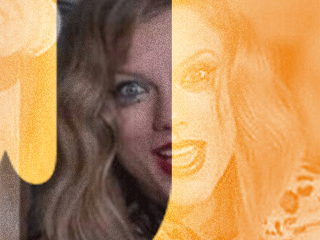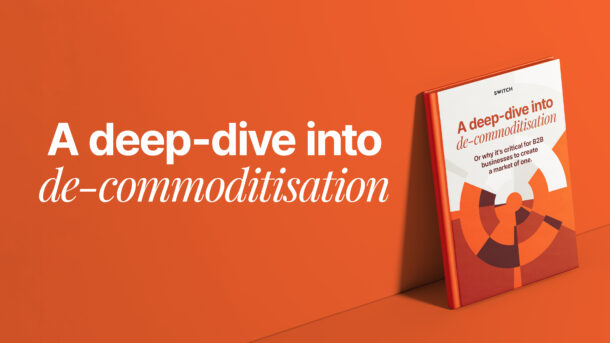The pipeline for iconic industrial design
Conceived from either need or greed, there is always the product that will make your life instantly perfect (while perfectly cutting your vegetables at the same time) just a phone call away. Or that’s what we’re told…
Since ancient times, we have learned to create objects that help us carry out a task better, quicker and more efficiently. Our nature allowed us to keep this trait and to constantly pursue the urge of making something better.
In today’s world, it may result in difficulty when distinguishing between a product adhering to the principles of good design and from something that came out of a corporation in the midst of money-making delirium. However, there are fundamentals that can help designers in creating better and effective products.
The Needs
Being functional or emotional, expressed by a client or the brainchild of a creative, a need is always where design starts. The key is to make sure the need has a value.
A functional need is most commonly presented to designers by clients who are envisioning a product designed for a specific reason, and it is up to the designer to make it look ‘great’ and ‘edgy’. A designer must spot an authentic need for the product, it could be something revolutionary or something that simply aids a process. This, coupled with the designer’s voodoo will help create a better product and generate interest in consumers.
An emotional need normally comes out of creatives’ heads. It could be simply the need to make something look more appealing, the need of experimenting with materials, or the need to make something work differently. This usually doesn’t impact the function of the object but rather taps into the mind of users to generate interest, curiosity, intrigue, or shock. If the solution is effective, the end product could be tremendously successful.

The Primitives
When we were presented with a pencil for the first time, after removing it from our mouths and appreciating the fact that it left a black trail at our will, we started naturally producing derivations of circles, triangles and squares.
These basic primitives- shapes rooted in mysticism and mathematical perfection, are the foundation of design and engineering. A designer learns quickly that every object, both natural and manufactured, can be produced from a derivation or combination of said primitives.
This exercise can be reverse-engineered and iconic products can be traced back to these humble shapes where one can notice the final item is not so far apart from its starting point. This tells us that the elegant simplicity present in primitives is both aesthetic and functional. It is intriguing yet understandable, it could be bold or subtle and functional in such a way to make the product easier to use and even facilitate a production process or change it altogether.
A concept generated from a few lines is a winning concept.

The Experiments
This is easier said than done, but an essential part of the love for design is to transform these primitives into a product.
As a general rule of thumb, if an object can be produced from a sketch, it most often means that it still needs work. This is because the potential of form and function and the possibilities of materials are not being pushed far enough. If uncertainties about how to build the product arise while designing, it’s a good sign; it means that something innovative may be just around the corner.
Sounds utopian as designs are often pressed by time and budget…
However, 3D software can help put things in perspective (pun intended), get accurate measurements and proportions, create technical scenarios and allow the client to visualize the idea in a way that sells effectively. It’s also good practice to always produce paper models. As many are aware, anything one can do with paper can be done in metal. They are quick and easy, allow the designer to notice any flaws and present a mock-up to a client. These tools will pave the way to a final prototype and production.

The Ethics
Nowadays, having the luxury of fast visibility and the opportunity to reach a global market on various platforms relatively easily, comes with ethical responsibilities that the designer should consider, mainly environmental responsibility.
This is usually taken as a limitation but it can be easily seen in its true light. There is no extra mile to go in order to produce green design nor does it have to come to the detriment of the client or designer. With some thought, a product with intelligent geometry allows for less material being used and a lighter product allows easier transportation. Familiarity with the fabrication processes involved will lead to a more feasible and affordable product with less energy used by the manufacturing plant. Knowledge of materials and composites will lead to smarter proposals and innovative designs.
It can be taken as an exponential chain where the designer achieves his ambitions with form and function, the client gets a viable product, the manufacturing plant can work at optimum production, and the consumer will get an affordable end result.





